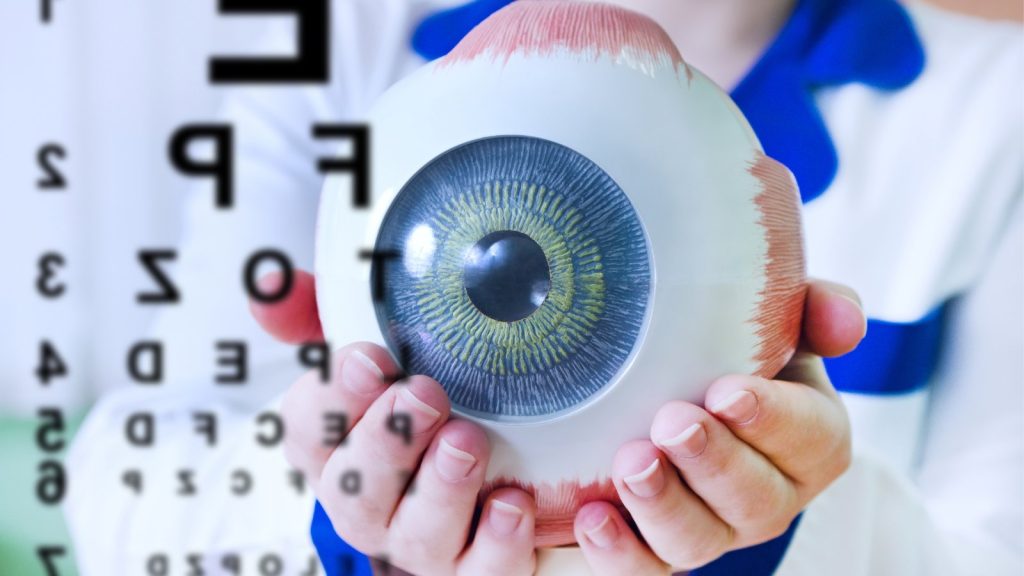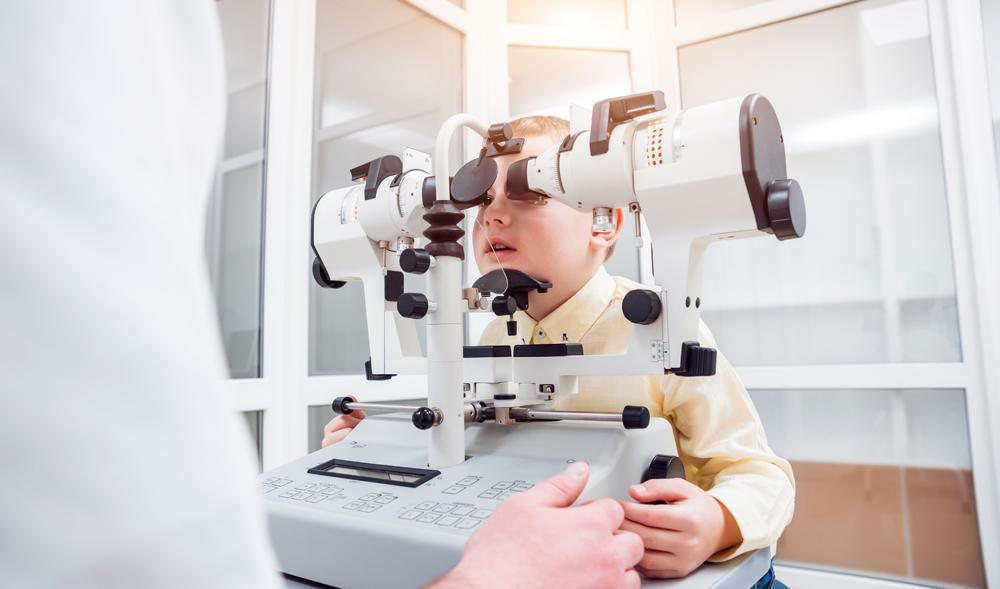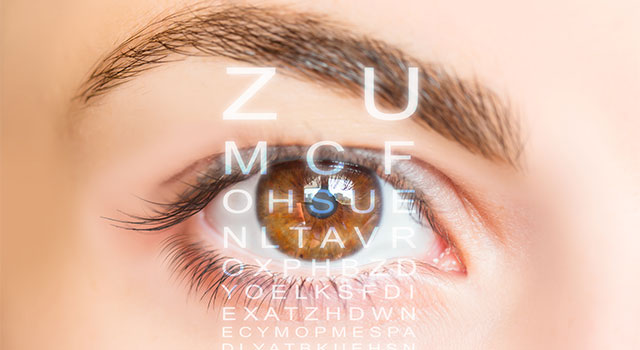Refractive Surgeries in AL: Improve Your Vision with Specialist Treatment
Refractive Surgeries in AL: Improve Your Vision with Specialist Treatment
Blog Article
The Role of Advanced Diagnostic Devices in Identifying Eye Disorders
In the world of ophthalmology, the use of advanced diagnostic devices has revolutionized the very early identification and administration of different eye conditions. From finding subtle changes in the optic nerve to keeping an eye on the progression of retinal diseases, these innovations play an essential duty in boosting the precision and effectiveness of detecting eye problems. As the demand for accurate and prompt diagnoses remains to expand, the combination of advanced tools like optical coherence tomography and visual field testing has actually become essential in the world of eye care. The detailed interplay in between modern technology and ocular methods not just clarifies detailed pathologies yet additionally opens doors to tailored treatment methods.
Importance of Early Diagnosis
Very early diagnosis plays a crucial role in the efficient administration and therapy of eye conditions. By identifying eye disorders at a very early phase, medical care suppliers can offer proper treatment strategies tailored to the particular condition, eventually leading to better end results for patients.

Innovation for Detecting Glaucoma
Advanced analysis technologies play an important duty in the very early detection and surveillance of glaucoma, a leading cause of irreparable loss of sight worldwide. Another sophisticated device is aesthetic area screening, which maps the sensitivity of a patient's visual field, assisting to find any type of locations of vision loss attribute of glaucoma. These innovative diagnostic tools enable ophthalmologists to identify glaucoma in its early stages, permitting for prompt treatment and far better management of the disease to protect against vision loss.
Duty of Optical Coherence Tomography

OCT's capacity to measure retinal nerve fiber layer density permits precise and objective dimensions, assisting in the very early detection of glaucoma also before visual field flaws emerge. Moreover, OCT modern technology permits longitudinal tracking of architectural adjustments anonymous in time, assisting in personalized therapy strategies and prompt treatments to assist maintain individuals' vision. The non-invasive nature of OCT imaging likewise makes it a preferred selection for checking glaucoma progression, as it can be duplicated regularly without causing pain to the individual. Generally, OCT plays a vital function in improving the diagnostic precision and monitoring of glaucoma, eventually adding to far better outcomes for people in danger of vision loss.
Enhancing Medical Diagnosis With Visual Field Testing
A crucial component in detailed ocular analyses, aesthetic field screening plays a pivotal role in enhancing the diagnostic procedure Homepage for numerous eye conditions. By analyzing the complete degree of a person's visual field, this examination offers vital details regarding the practical honesty of the whole visual path, from the retina to the visual cortex.
Visual area screening is specifically important in the diagnosis and management of problems such as glaucoma, optic nerve conditions, and numerous neurological conditions that can impact vision. With quantitative measurements of peripheral and main vision, clinicians can detect refined modifications that may indicate the visibility or progression of these conditions, also before obvious signs and symptoms happen.
Additionally, visual field testing allows for the tracking of therapy effectiveness, helping eye doctors customize restorative interventions to specific patients. eyecare near me. By tracking changes in aesthetic field performance over time, doctor can make educated decisions concerning changing drugs, recommending medical interventions, or implementing various other appropriate procedures to maintain or enhance a person's visual function
Taking Care Of Macular Degeneration

Conclusion
In conclusion, progressed analysis tools play a critical duty in recognizing eye problems sites early on. Technologies such as Optical Comprehensibility Tomography and visual area testing have greatly improved the accuracy and effectiveness of detecting problems like glaucoma and macular degeneration.
Report this page